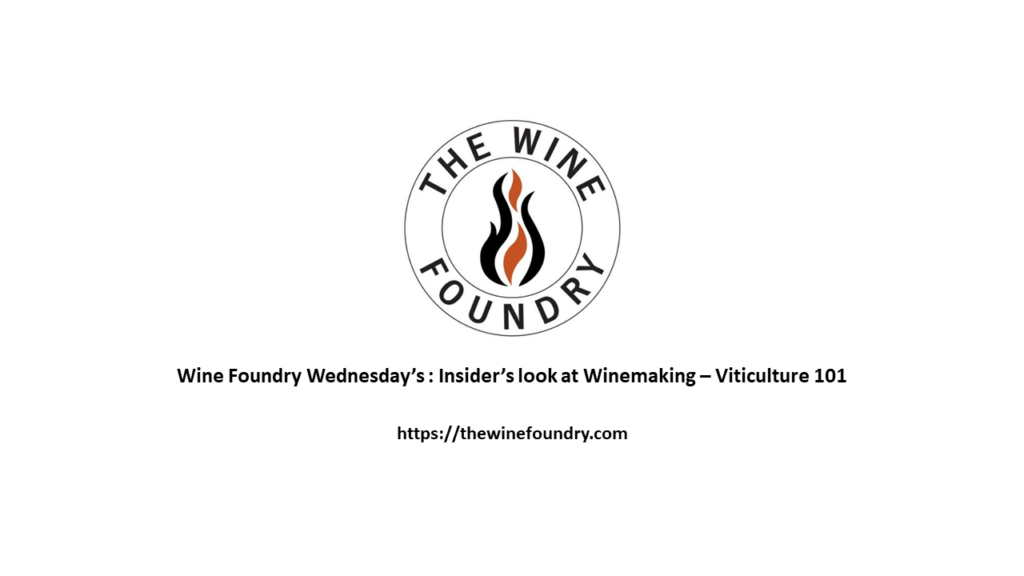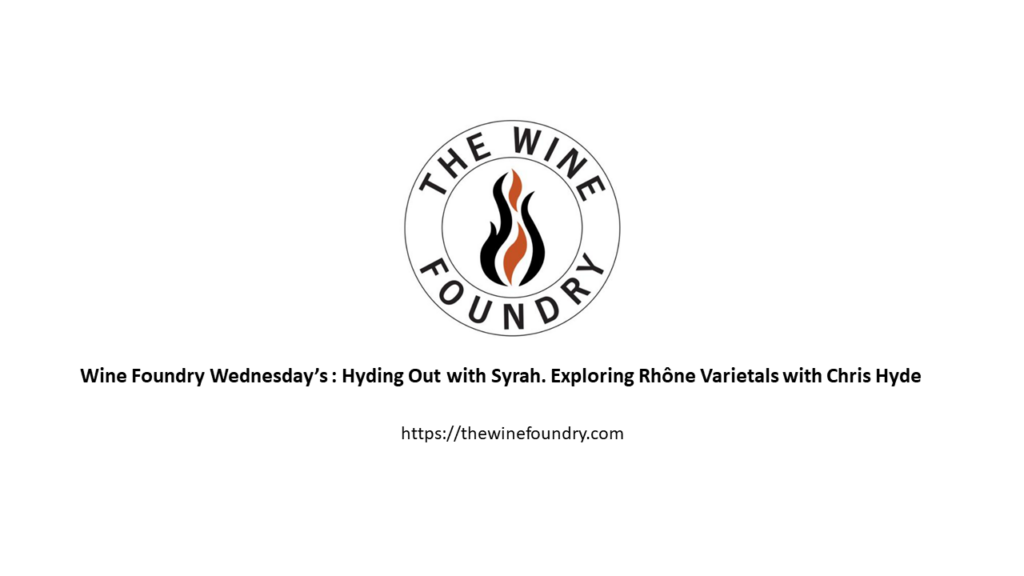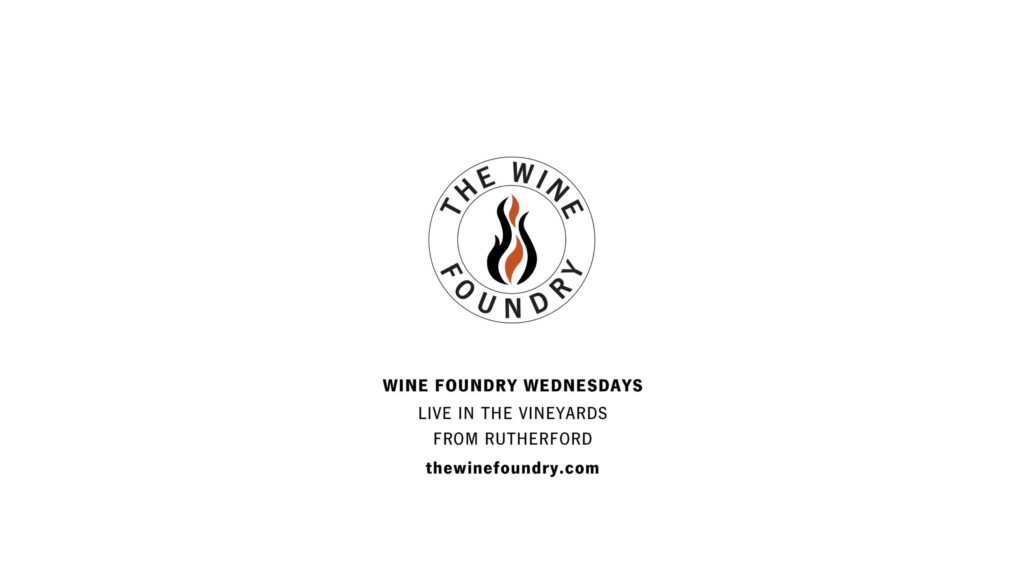I recently met up with Kendall Hoxsey, Vineyard Manager of Morgaen Lee Vineyard, at the property in Yountville. Navigating the terrain proved treacherous for this city girl, and I quickly discovered a labyrinth of roots hibernating beneath the vineyard’s lush carpet of mustard blossoms. Reluctantly, I looked up from my (fabulous) heeled boots to see the wine country in all of its early spring glory. Morning sunlight enflamed already beaming yellow petals of wild mustard growing between Morgaen Lee’s rows of Sauvignon Blanc. Nestled between Napa Valley’s hills, the property is surrounded by a rolling landscape that stretches across the horizon. The view was, in a word, awe inspiring – even inspiring my ankle to roll along with the hills before me.
Note to self: next time, go for country – not couture.
As my intern education progresses, I am learning just how influential this beautiful landscape is on the grapes that eventually become wine. Shadows cast by the valley’s bordering hills dictate direct sun exposure, while vines growing up the hillside are affected by temperature as heat settles onto the valley floor and leaves a cooler atmosphere at higher altitudes. When I asked Kendall about how the environment impacts this particular block of the vineyard, she explained how crucial row orientation is.
The Morgaen Lee rows run north to south, meaning different sunlight and wind patterns. Sun, in particular, can be a formidable foe to Sauvignon Blanc. “It’s so easy to scorch Sauvignon Blanc grapes,” Kendall said, explaining how vine leaves can be used as makeshift umbrellas for the delicate grapes. “When these have the whole canopy,” she said, gesturing at the vineyard rows, “it’s a jungle in there.” For now, though, Morgaen Lee vines are on the verge of budbreak, welcoming sunlight to feed baby buds.
Yet, as Kendall says, Sauvignon Blanc grapes “scorch” easily, and eventually their skin will be too delicate for summer and fall sunlight. Hence the importance of techniques like row orientation and leaf placement. So, if the sun’s impact can be not quite controlled, but certainly manipulated, what else makes wine, wine? How do we get from a tiny bud in Napa Valley to a dinner party in New York? “It can be sun, it can be soil… and then there’s the terroir aspect,” said Kendall.
Ter-what?
No. Ter-wha. Pronounced ter-wah, the French word “terroir,” as it turns out, is not a dog breed typo. “Terroir just means the place,” said Kendall. “What are the factors to this place? We’ve got the river close by, we’ve got our compost tea that we make, our different cover crops. You know, what’s around it? How does the sunlight hit it? Everything.”
I realized that every aspect of the vineyard I experienced – from the stunning landscape to the mustard cover crop concealing a snake den of roots – all affected the grapes, and thus the eventual wine. Before the bottle, there was a barrel. Before the barrel, there was a tiny bud, waiting to break through. And all of it, matters.


